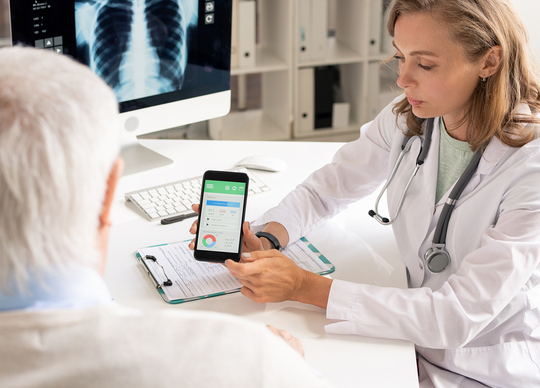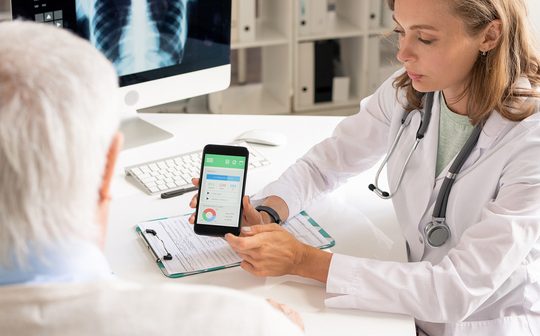
Smartphones are rapidly replacing the myriad devices on hospital workers toolbelts because of the significant advantages they offer in terms of simplicity, functionality, and portability.
Healthcare workers no longer need to carry multiple devices to be contactable and stay on top of key tasks; with a purpose-built smartphone, they can communicate, manage administrative and clinical tasks, view test results and X-rays, access patient records on-the-go and more.
These devices can be configured to a facility’s specific requirements. To gain maximum benefit from them, it’s essential that hospitals work in partnership with technology providers to choose and configure the devices to their user’s needs most effectively.
Alan Stocker, general manager, Connected Health, said, “Getting the smartphone implementation right sets the scene for hospitals to extract ongoing value from these devices. The more strategic the implementation, the stronger the benefits and return on investment. It’s important to be thoughtful and considered regarding how the devices are used and supported within the organisation.”
Connected Health has identified seven key elements to consider when implementing smartphones in hospitals:
1. Consider only clinical-grade devices
Consumer-grade smartphones tend to be somewhat cheaper to implement initially but can also create significant issues due to their fragility, absence of purpose-built capabilities and lack of security. It’s essential to consider only purpose-built devices that are designed primarily to be used in a hospital environment.
2. Establish key functionality
It’s important to conduct a needs analysis to ensure that the chosen devices can truly replace the raft of devices currently in use. For example, the smartphones can be configured to support secure access to the clinical applications in place at the facility as well as supporting key communication and task management workflows. There are also a variety of devices available including devices that have large screens so users can interact with clinical applications easily and view clinical reports and images.
3. Trial the chosen devices
The best way for an organisation to choose a device that will best suit their requirements is to engage in an initial ‘proof of concept’ trial. Business leaders should work closely with the technology provider during the trial period to establish key clinical and operational uses and configurations. It’s important that all key staff have the chance to trial the devices and provide feedback. For instance, the chosen devices might need to be rugged, easy to clean, and be able to withstand the harsh hospital environment while delivering an excellent user experience.
4. Assess the network
The hospital’s network will determine how well the smartphone functions. Using wireless devices for voice and data communications as well as paging and messaging, accessing clinical and non-clinical applications, and more, can put significant pressure on legacy networks. Having a reliable Wi-Fi network with few dark spots is essential.
5. Check for system interoperability
Hospitals use a variety of systems that smartphones must interoperate with to deliver value. For example, duress systems, security systems, and fire panels need to be integrated, as well as clinical systems such as electronic medical records (EMR).
6. Implement mobile device management (MDM)
Managing devices without having to physically handle them is a significant productivity benefit and time-saver. An MDM tool lets hospitals set profiles according to different users’ needs and ensure that the devices are locked down as needed, updated and patched regularly, and delivering the functionality that’s required.
7. Proactively manage change
Giving employees time to play with and get used to the smartphones can go a long way towards streamlining the change management process. It’s also important to monitor device usage to determine which departments require more training or simply don’t need the devices, improving device utilisation.
Alan Stocker said, “Hospitals across Australia and New Zealand are implementing smartphones due to the significant benefits they can deliver. By keeping these seven tips in mind, hospital decision-makers can ensure that their smartphone rollout is smooth and streamlined and, most of all, successful.”






